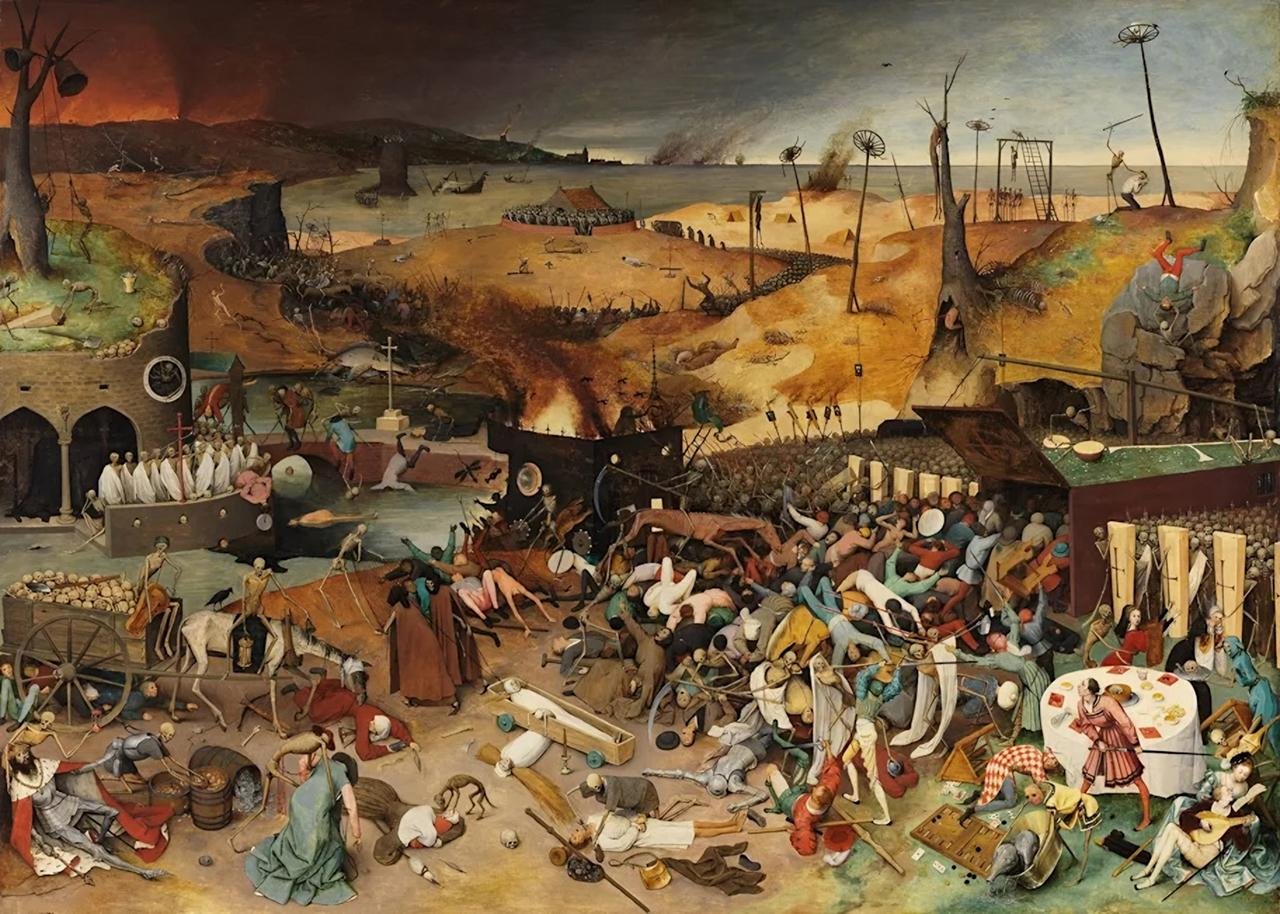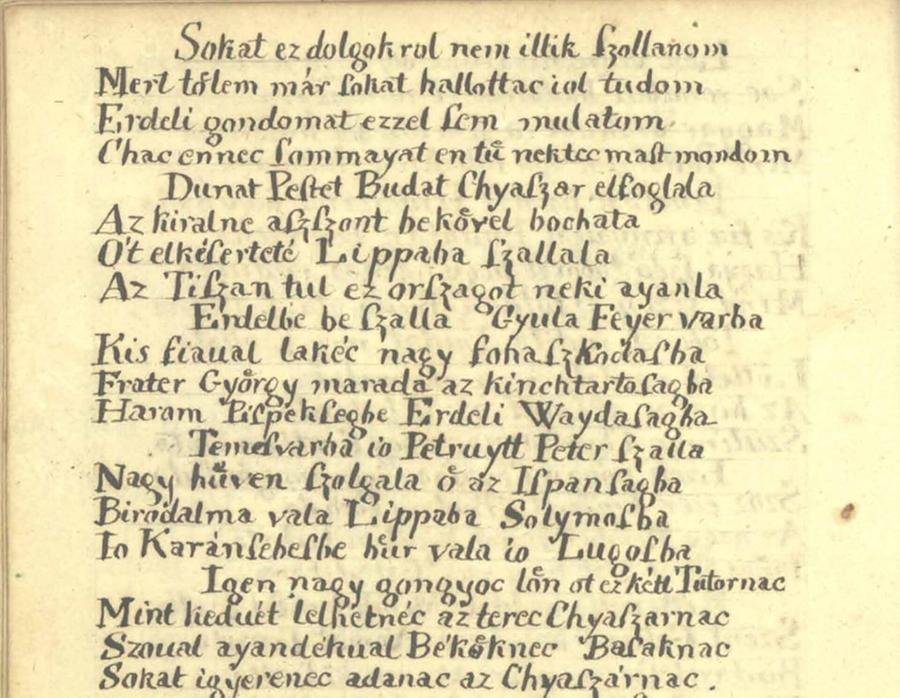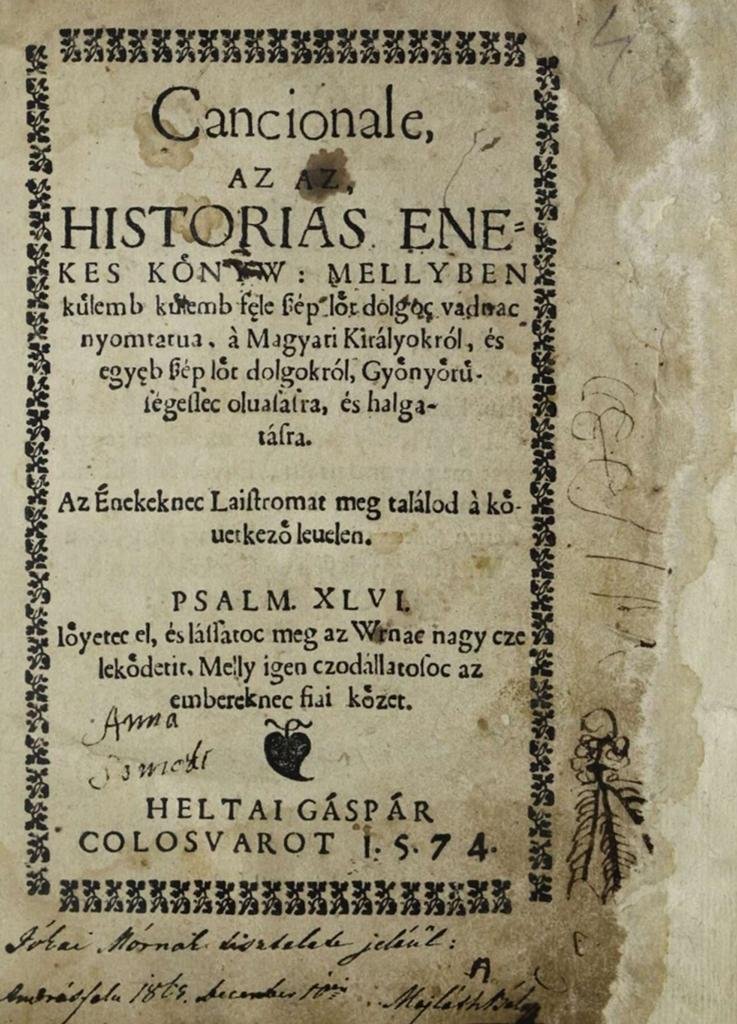Researchers in Romania have delved into centuries-old documents to grasp how climate fluctuations in the 16th century impacted Transylvania, an area that’s now part of Romania. The research, which uses various old sources like diaries, travel notes, and monastery records, looks at the big shifts in weather during this time and how they changed human societies. The study, published on February 12 in Frontiers in Climate, shows how these climate changes had an impact on agriculture, public health, and the stability of society in the area.
 The Triumph of Death by Pieter Bruegel the Elder, circa 1562. Credit: Felton Davis/flickr, CC BY 2.0
The Triumph of Death by Pieter Bruegel the Elder, circa 1562. Credit: Felton Davis/flickr, CC BY 2.0
The Little Ice Age, spanning approximately from 1300 to 1850 CE, is frequently linked with widespread famines, social upheaval, and the spread of diseases. Although scientific techniques such as ice core analyses and sediment samples have yielded significant information about the climate during this period, examining “society’s archive”—the written records of everyday people—provides a distinctive human-centered viewpoint.
Tudor Caciora, a geographer from the University of Oradea and co-author of the study, said: “Studying climate records from society’s archive is as crucial as analyzing natural proxies,” Caciora explained. “It provides a human-centric perspective on past climatic events.”
The documents indicate that Transylvania experienced remarkably high temperatures and drought conditions during the first half of the 16th century. An account describes the summer of 1540 when “The springs dried up, and the rivers dwindled to mere trickles. Livestock fell in the fields, and the air was thick with despair as the people gathered in processions, praying for rain,” said Caciora. “This vivid account underscores the emotional and spiritual dimensions of living through climatic extremes.”
 Sources included diaries, travel notes, parish or monastery registers, and other written documents. Credit: Gaceu et al., 2024.
Sources included diaries, travel notes, parish or monastery registers, and other written documents. Credit: Gaceu et al., 2024.
Conversely, towards the latter part of the century, weather patterns shifted dramatically; heavy rains and flooding became increasingly common throughout the 1590s. These extreme climatic events coincided with a marked intensification of the Little Ice Age across Europe. However, it appears that Transylvania’s climate diverged from prevailing trends observed elsewhere on the continent.
While significant cooling affected many Western European regions during this epoch, Transylvania saw more frequent H๏τ weather than cold, which indicates that the region may have experienced the effects of the Little Ice Age later than other areas. Later documents corroborate this theory by detailing accounts of severe winters and cold waves experienced subsequently.
 The ‘society’s archive’—contains reports and observations about local climates in bygone centuries. Credit: Gaceu et al., 2024.
The ‘society’s archive’—contains reports and observations about local climates in bygone centuries. Credit: Gaceu et al., 2024.
The impacts of these weather fluctuations were far-reaching. Climatic instability was conducive to a range of catastrophic events: the Black Death, recurring famines, and locust invasions. The social and economic consequences of these disasters were profound, but they inspired innovation. According to Caciora, “Towns might have adopted flood-resistant infrastructure or migrated to more favorable areas. The challenges might also have spurred technological innovations, such as improved irrigation systems or storage facilities.”
While the findings from these historical texts provided great insight into their investigation, the study acknowledges several limitations. Literacy was not widespread, and those records that exist are often fragmented, subjective, and localized. For instance, they did not cover some years in the 16th century because there were no records. Nevertheless, the study demonstrates how crucial climate change can be in driving human history.
More information: Gaceu, O. R., Caciora, T., Baias, Ștefan, Morar, C., Dudaș, M., Stupariu, M., & Maxim, M. (2025). Reconstruction of climatic events from the 16th century in Transylvania: interdisciplinary analysis based on historical sources. Frontiers in Climate, 6, 1507143. doi:10.3389/fclim.2024.1507143





